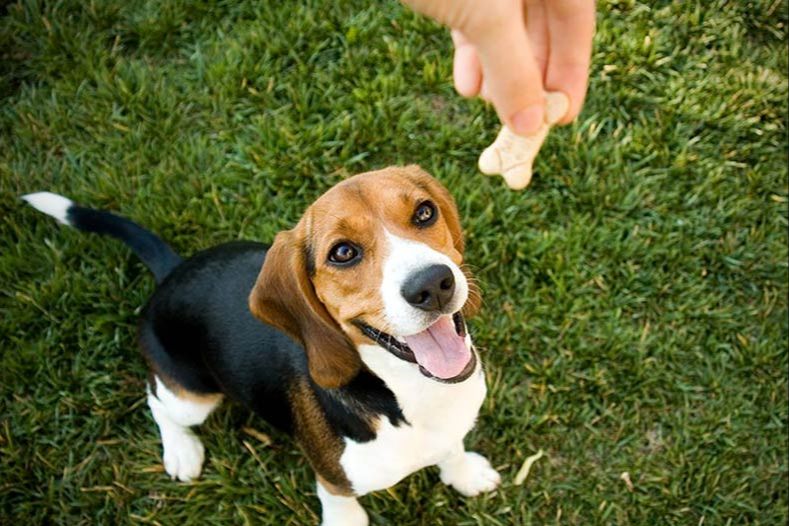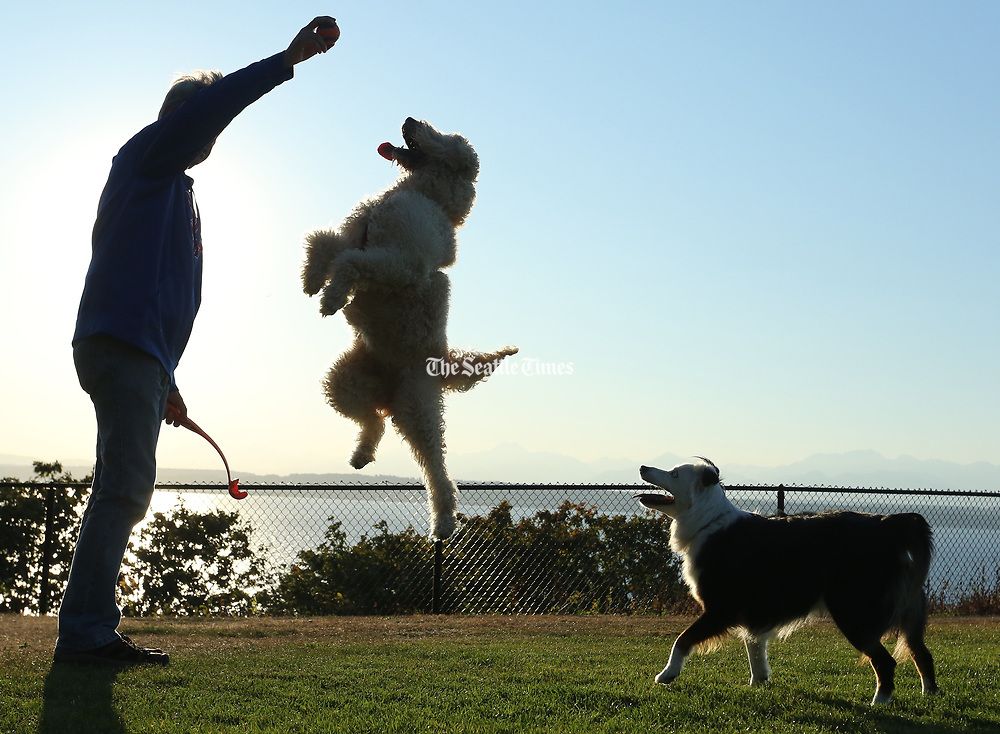Introduction
Teaching dogs obedience through physical punishment such as hitting has been a common and controversial practice for many years. Advocates believe it is an effective way to quickly stop unwanted behaviors and reinforce commands, while critics argue it can damage the human-animal bond and even worsen behaviors.
The debate around using physical corrections like hitting for dog training stems from differing schools of thought. Some trainers follow a more traditional approach using corrections. Others follow a rewards-based positive reinforcement methodology. With growing public awareness of humane training methods, there has been increasing scrutiny on punitive techniques.
[https://www.dogproblems.com/why-do-we-debate-dog-training-methods/] However, the use of physical punishments persists among some trainers and owners. Understanding the background, techniques, and outcomes can inform which approaches are most constructive for training and relating to dogs.
History of Hitting Dogs
The use of physical punishment in dog training has its origins in dominance theory, which became popular in the 1940s and 1950s. This theory viewed dogs as pack animals who needed to submit to human authority. Dominance theory advocated the use of physical corrections, or what we would now call “hitting,” to establish the human as the alpha and correct unwanted behaviors.
The dominance theory approach was advocated by trainers like William Koehler, who published the bestselling Koehler Method of Dog Training in 1962. His methods relied heavily on leash corrections and other physical punishments like hitting the dog with sticks. While controversial even then, these methods became very mainstream for the next few decades.

According to The Evolution of Modern-Day Dog Training & Obedience (http://www.naiaonline.org/articles/article/the-evolution-of-modern-day-dog-training), by the 1980s there was growing opposition to physically correcting dogs during training. More positive reinforcement methods began to gain popularity in the 1990s and 2000s. However, some trainers still continue to advocate dominance theory methods involving hitting and physical corrections today.
Modern Views on Dog Training
In recent decades, there has been a shift towards more positive reinforcement and force-free methods in dog training (https://time.com/5880219/science-of-dog-training/). The use of aversives like hitting or yelling at dogs has largely fallen out of favor as being ineffective and detrimental to the human-canine bond. Modern dog training emphasizes operant conditioning techniques using rewards to reinforce desired behaviors (https://www.akc.org/expert-advice/training/operant-conditioning-the-science-behind-positive-reinforcement-dog-training/).
Positive reinforcement builds motivation in dogs to follow cues and strengthens the relationship between owner and dog. Force-free training aims to avoid fear, pain, intimidation and domination techniques that can cause stress and negatively impact a dog’s welfare. The goal is to employ science-based methods that are humane, ethical and effective.
Effects of Hitting Dogs
Hitting dogs can have serious negative consequences. According to https://pethelpful.com/dogs/Why-Hitting-Dogs-is-Unacceptable, hitting dogs may evoke defensive aggression or cause them to become insecure. They may cower, engage in submissive urination, and become distrustful of humans. Hard hits to a dog’s head also run the risk of causing traumatic brain injury, which can lead to permanent damage or death (https://vcahospitals.com/know-your-pet/brain-injury-in-dogs). Even light taps on a dog’s nose should be avoided, as this area is sensitive and such punishment may cause avoidance behaviors or biting from fear.
Overall, physical punishment like hitting does not address the underlying motivation for a dog’s unwanted behaviors. At best it may suppress behaviors temporarily, but at the expense of the human-canine bond. The risks of using physical force far outweigh any perceived short-term benefits.
When Hitting May Be Necessary
While force-free training methods should always be the first choice, in rare cases physical corrections may be required as a last resort for dangerous behaviors. According to the Pet Professional Guild, “hitting a dog is almost always counterproductive as it may suppress the behavior temporarily but does not address the underlying cause”. However, they acknowledge “there are situations where one may need to touch a dog for their own safety.” For example, pushing a dog away if they are lunging aggressively.
The Whole Dog Journal notes most professional dog trainers avoid force-based techniques since “recent studies in animal behavior and psychology show that using pain, fear, and dominance to modify behavior often elicits aggressive reactions.” However, for military and police dogs trained to apprehend criminals, their handlers argue some force may be needed to control the dog in high-risk situations. This should always be carefully weighed against stressing the human-canine bond.
In summary, hitting or physically correcting dogs risks damaging trust and worsening behavior issues. It should only be considered as an absolute last resort if the dog poses a serious danger that cannot be managed through other means. The goal remains to resolve the underlying causes of aggression or lack of impulse control through positive reinforcement and humane techniques. Physical force is a short-term fix which can ultimately backfire.
Alternatives to Hitting
Modern dog training experts emphasize force-free training methods based on positive reinforcement. These humane techniques create a strong bond between dog and human while still teaching obedience.
Positive reinforcement rewards good behaviors instead of punishing bad ones. For example, giving a treat when a dog follows a command teaches it to associate that behavior with something pleasant. The dog becomes more likely to repeat behaviors that earn rewards. Other positive reinforcements include praise, petting, and playing.
An overview of popular force-free training methods:
- Teaching the “down” command from a distance reinforces obedience without physical force.
- Using audible cues like “eh-eh!” redirects unwanted behaviors.
- Time-outs interrupt bad behaviors without scaring or hurting the dog.
- Consistent positive reinforcement builds trust and understanding over time.

Force-free training requires patience but pays off through better behavior and a stronger human-canine relationship.
Creating Strong Human-Canine Bond
A strong bond between human and canine is the foundation for a healthy and happy relationship. This bond is built on trust, respect, and mutual understanding. According to the International Society of Canine Trainers, there are several ways humans can help build this bond with their dogs (https://iscdt.com/human-canine-bond-10-steps-to-increase-the-bond-with-your-dog/).
One of the most important aspects is establishing yourself as a fair and consistent leader. Set reasonable rules and boundaries and reinforce them calmly and consistently. Reward wanted behaviors more than punishing unwanted ones. This helps your dog understand what you expect and builds trust in your leadership.
Equally important is quality time spent together. Take your dog on daily walks, adventures, or playtime. According to Tug-E-Nuff, shared activities release feel-good hormones in both human and dog that strengthens your bond (https://us.tug-e-nuff.com/blogs/news/bond-basics). Training classes are another great way to build relationship through working together.

Showing affection also nurtures the mutual bond. Petting, praising, massages, and snuggling (when welcomed by dog) help both parties feel cared for. Understanding your dog’s unique personality and meeting their needs shows your dedication to the relationship.
When humans and dogs take the time to truly know each other, an unbreakable bond of trust and unity can form. This provides a solid foundation for any canine partnership.
Obedience Through Positive Reinforcement
Positive reinforcement training is an effective method for teaching dogs obedience and focus through rewards rather than punishment. According to the Human Society, positive reinforcement uses treats, praise, toys or anything the dog finds rewarding to reinforce desired behaviors. Because the reward is pleasurable, the dog is motivated to repeat the behavior.
As outlined by the American Kennel Club, operant conditioning utilizes positive reinforcement to increase the likelihood of a behavior being repeated. For example, when teaching a dog to sit, the trainer would reward with a treat immediately after the dog sits. This connects the reward to the desired action. Over multiple repetitions, the dog learns that sitting results in a treat.
Reward-based training can be used to teach focus, commands like sit, stay, come, down and heel, as well as address unwanted behaviors like jumping or barking. The key is providing rewards frequently in the initial stages so the dog grasps the connection. With time, rewards can be given intermittently to maintain the learned behaviors. Ultimately, positive reinforcement training creates an obedient dog through patience, consistency and forming a strong human-canine bond.
Managing Unwanted Behaviors
Redirecting dogs and setting them up for success is essential for managing unwanted behaviors without using punishment or fear-based techniques. Some key strategies include:
Redirect with a positive interrupter: Use a positive interrupter like a whistle or clicker to immediately redirect your dog’s focus when they start to engage in unwanted behavior. Reward them for breaking focus and looking to you.
Remove access to triggers: Managing the environment by removing access to common triggers like trash cans or countertops prevents the dog from being set up to fail. This encourages positive choices.

Reinforce wanted behaviors: Reinforcing calm, polite, settled behaviors makes these the default for your dog. With patience and consistency, the unwanted behaviors fade away.
Provide adequate exercise/stimulation: Ensuring your dog gets sufficient physical and mental exercise prevents unwanted behaviors stemming from boredom and excess energy.
Teach an alternative: For barking or jumping, teach your dog to perform a different behavior instead, like sitting or laying on a mat. Reward these wanted behaviors.
Overall, setting dogs up for success prevents the need for punishment. Force, fear, and intimidation tactics shut down learning and damage the human-canine bond. With positive reinforcement and proactive management, unwanted behaviors can be reduced without harming your relationship with your dog.
Conclusion
Hitting dogs to teach obedience is an outdated and often ineffective training method. There are far more positive ways to train dogs and build a strong human-canine bond.
The key takeaways are:
- Hitting dogs does not address the underlying motivation behind unwanted behaviors. It focuses on punishment rather than understanding.
- Hitting can damage the human-canine bond, leading to fear-based behaviors in dogs such as aggression or anxiety.
- Modern, science-based dog training uses positive reinforcement to encourage wanted behaviors. This builds trust and communication.
- Training should focus on teaching dogs what we want them to do, not punishing what we don’t want.
- Physical punishment carries risks of injuring dogs or eliciting defensive aggression.
- There are many effective positive training methods to manage unwanted behaviors without hitting dogs.
In conclusion, hitting dogs is an outdated approach. There are more ethical and effective ways to train dogs that focus on positive communication, trust, and understanding between humans and canines.